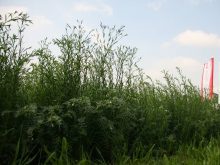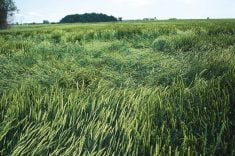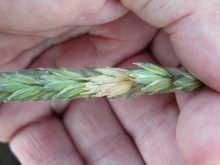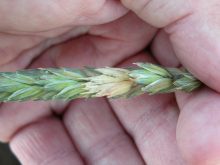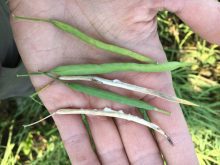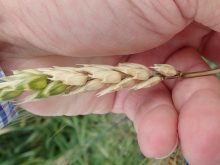Pasmo is the wallflower of flax: it’s always at the party, but typically doesn’t take centre stage.
But even though it doesn’t usually rank as the disease with most economic impact, flax can still take a hit from pasmo. The Flax Council of Canada says severity can range from traces to 60 per cent of foliage affected, and yield losses in affected fields can span 10 to 30 per cent. Seed and stem fibre quality can also be affected.
Read Also
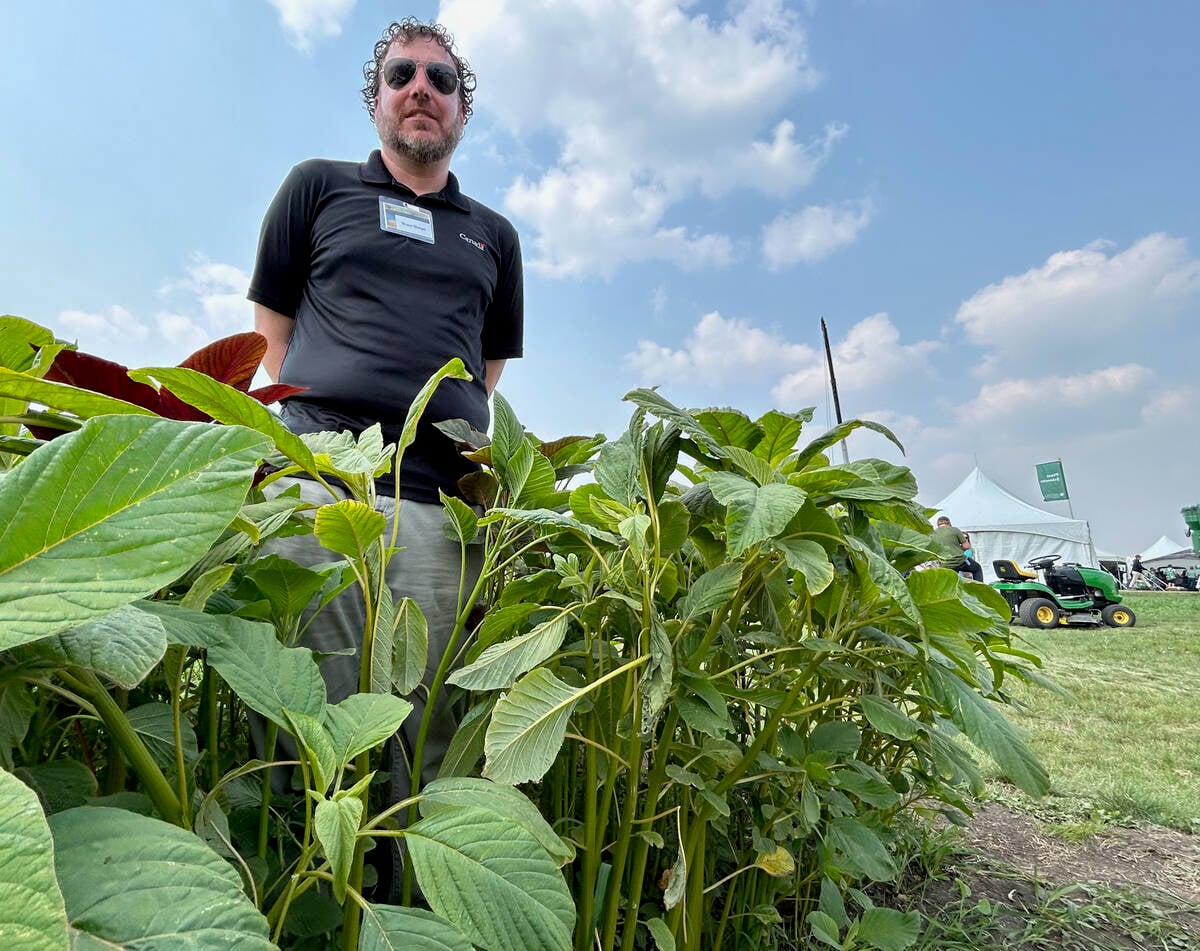
Glufosinate-resistant waterhemp appears in U.S. Midwest
News of glufosinate-resistant kochia in the U.S. is concerning as farmers are losing options to control waterhemp, also of the pigweed family.
“It’s there all the time, it’s the most prevalent disease flax growers see, and some years it can have significant effects,” says Randy Kutcher, a professor at the University of Saskatchewan and Ministry of Agriculture strategic research chair in cereal and flax crop pathology.
“The severity really depends on how early the disease arrives and environmental conditions, certainly moist conditions and high humidity,” he adds.
Pasmo is caused by the fungus Septoria linicola, which is present throughout Western Canada and can overwinter on flax stubble.
According to Michelle Beaith, the Saskatchewan Flax Development Commission’s newly appointed agronomist, the fungus is residue- and seed-borne and the disease can attack flax at any stage of the plant’s development throughout the growing season.
Spores are spread by wind and rain. Early in the season, the disease shows up in circular brown spots on the leaves. “Then it sort of migrates up the plant, so the next notable symptom is that it has a candycane-like banding on the stem, with alternating green and brown bands,” says Beaith. Lesions may also develop on the boles.
What to spray
Several fungicides registered for use in flax are effective against pasmo. Producers are familiar with Headline EC (Group 11) and Priaxor (Group 7 and 11), but flax has also just been added to the labels for Acapela (Group 11) and Delaro 325 SC (Group 3 and 11).
All of these are registered for application at flowering, with Headline EC and Acapela registered for use at 20 per cent flowering and Priaxor registered for use between 20 and 50 per cent flowering.
Beaith says there’s talk that producers can spray regardless of disease incidence and see a yield bump, but she says this isn’t backed by research and the practice isn’t recommended.
Producers should engage in regular scouting during the growing season and maintain good weed control to lessen humidity in the canopy. Producers should also plant clean seed, and can also consider lowering seeding rate to keep humidity down if pasmo is a real concern.
Kutcher says that though producers can typically achieve good control of pasmo in flax with fungicides, breeding projects are underway to improve disease resistance in new varieties.
He works in collaboration with Helen Booker, a flax breeder at the University of Saskatchewan’s Crop Development Centre, Canada’s only remaining flax breeding program. Booker is focused on breeding for improved yields as well as a range of agronomic and disease resistance traits.
“Pasmo is of interest in the breeding program, but the problem is that we haven’t found very good sources of resistance, so it’s difficult to breed for,” says Kutcher. “We’re optimistic that in the germplasm we screened we’ll come up with something that will be an improvement, but how long that will take to move into registered varieties, it’s difficult to say.”
For now, Kutcher says producers are left with the choice — to spray or not to spray — each year at flowering.
“The choice is really, ‘Will they get a response to using fungicide right now?’ The grower has to have a history of it, they have to be aware of the disease and maybe try some fungicide on their fields and see if they’re getting a response,” he says.




